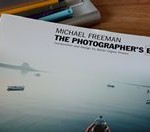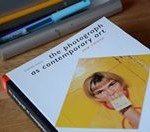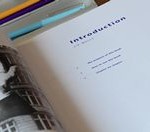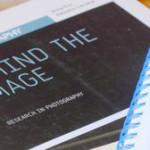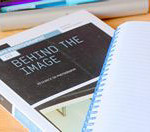As part of my studies for this part of the course I have also been trying to look at other examples of work. This has mainly been through publications or online but I am hoping to get to some exhibitions soon. In looking at how others have handled movement there seems to be a number of possible approaches:
- motion blur
- implied movement
- freeze frame – photos across a number of frames
- the after effect of movement
These emerged from looking at the work of various other photographers and considering how they had handled movement. Chris Nash uses both motion blur and frozen moments of implied movement in his dance photography. I particularly like his image of Javier De Frutos in the Palace Does Not Forgive.
Perhaps one of the most famous moments of implied movement is Cartier-Bresson’s Derriere la Gare Saint-Lazare, 1932. There is very minimal motion blur but a clear sense of the figure moving across the frame. I also found Conlon’s Ty Cobb Steals Third, 1910 an interesting example of the impact of movement. There is some blur around the rising clouds of dirt but a strong feeling of the movement having occured.
Finally, some of the best known examples of what I would think of as a freeze frame process must be those of Eadweard Muybridge, particularly his galloping horse.
While it is useful to think about these different approaches in my own work, reading the backstories of some of these iconic photos has been really fascinating. This small selection shows how photographing movement has been part of the photographers challenge almost since its inception. These few examples cover everything from plate cameras and cameras triggered by string to the digital technology of the 21st century. I have found it really rewarding delving into such different styles and methods.




